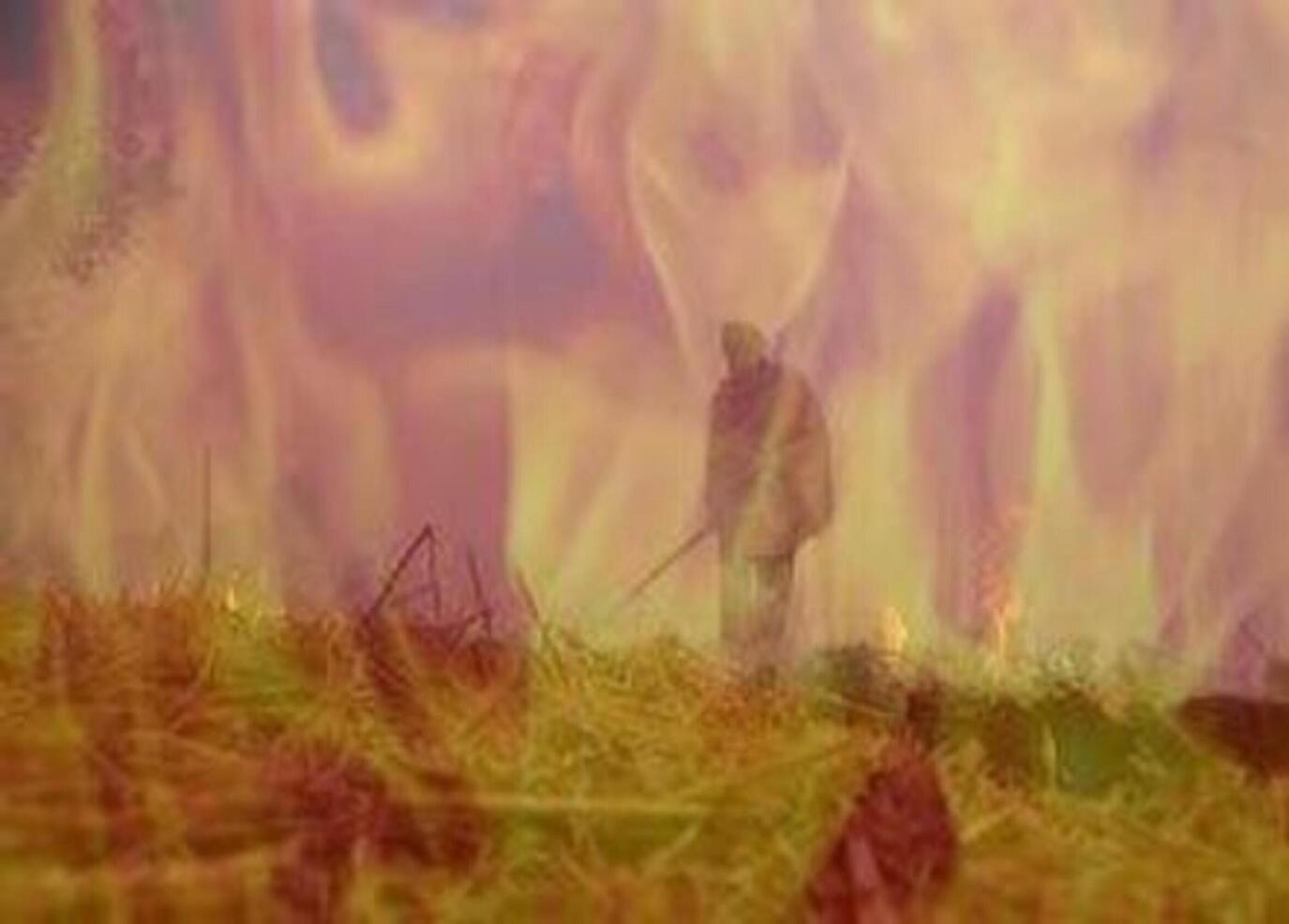Stubble burning, the practice of setting fire to leftover crop residue after harvest, is a major contributor to air pollution in northern India, particularly in the states of Delhi, Punjab, Haryana, and Uttar Pradesh. While it may appear to be a quick and cheap way to clear fields for the next sowing season, the consequences for human health and the environment are far-reaching.
Why is Stubble Burnt?
Several factors contribute to the prevalence of stubble burning:
- Short turnaround time between harvests: Farmers often have only a few weeks between harvesting one crop and planting the next. Burning the stubble is a quick and easy way to clear the field and prepare it for planting.
- Lack of affordable alternatives: While machinery and techniques exist to incorporate stubble into the soil, they require significant investment and expertise. Many farmers lack the resources or knowledge to implement these solutions.
- Government subsidies for paddy cultivation: Paddy cultivation is water-intensive and requires stubble burning for efficient residue management. Government subsidies incentivize paddy cultivation, indirectly contributing to the problem.
Impact of Stubble Burning:
The smoke from burning stubble contains a high concentration of harmful pollutants, including particulate matter, carbon monoxide, and nitrogen oxides. These pollutants can cause serious health problems, including respiratory illnesses, heart disease, and cancer. Additionally, stubble burning contributes to climate change by releasing greenhouse gases like carbon dioxide.
Actions Taken to Mitigate Stubble Burning:
Both state and central governments have implemented various initiatives to combat stubble burning:
- Subsidies for machinery and equipment: The government provides financial assistance to farmers for purchasing machinery like Happy Seeder and Mulcher, which can be used to incorporate stubble into the soil.
- In-situ crop residue management techniques: The government promotes methods like bio-decomposers and crop diversification to reduce dependence on burning.
- Awareness campaigns: The government and NGOs undertake awareness campaigns to educate farmers about the harmful effects of stubble burning and encourage them to adopt alternative management practices.
- Enforcement of laws: Stricter penalties have been imposed on farmers who engage in stubble burning.
Further Steps for Governments:
- Increase subsidies and expand access to affordable stubble management equipment.
- Develop and promote small-scale, farmer-friendly technologies for stubble utilization.
- Invest in research and development for efficient and cost-effective stubble management solutions.
- Strengthen enforcement mechanisms and ensure stricter penalties for violations.
- Create a robust monitoring system to track stubble burning incidents and hold offenders accountable.
What Citizens Can Do:
While the primary responsibility lies with the government and farmers, citizens can also contribute to mitigating stubble burning:
- Raise awareness: Share information about the harmful effects of stubble burning and encourage others to do the same.
- Support farmers’ markets: Buying directly from farmers who practice sustainable agriculture can incentivize them to adopt eco-friendly methods.
- Demand action: Contact your elected representatives and urge them to support policies that promote sustainable agricultural practices.
Technological Interventions:
Several technological innovations offer promising solutions to the stubble-burning problem:
- Stubble baling and briquetting: These technologies convert stubble into usable fuel pellets, reducing the need for burning.
- Biogas plants: Stubble can be used to generate biogas, providing clean energy and reducing dependence on fossil fuels.
- Satellite monitoring: Satellites can be used to detect stubble burning and provide real-time data to authorities for enforcement purposes.
The Road Ahead:
Combating stubble burning requires a comprehensive and sustained effort from all stakeholders. By implementing effective government policies, encouraging sustainable agricultural practices, and harnessing technological advancements, we can work towards a future with clean air and a healthy environment.
Remember, every action, no matter how small, can make a difference.

